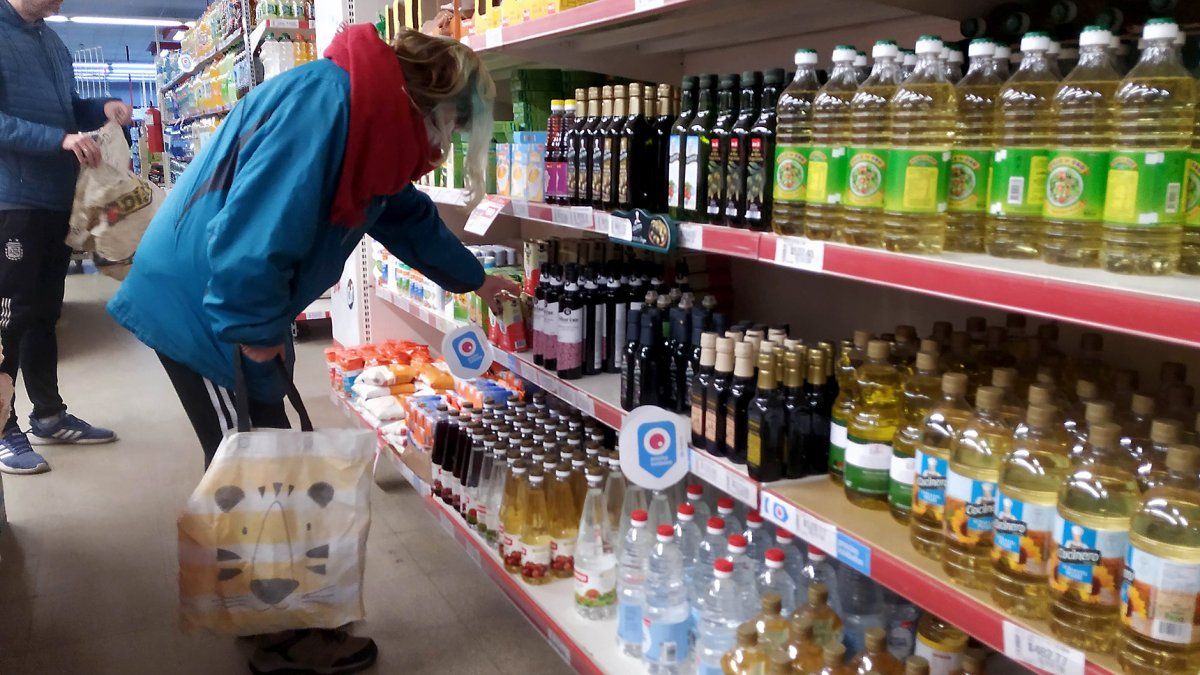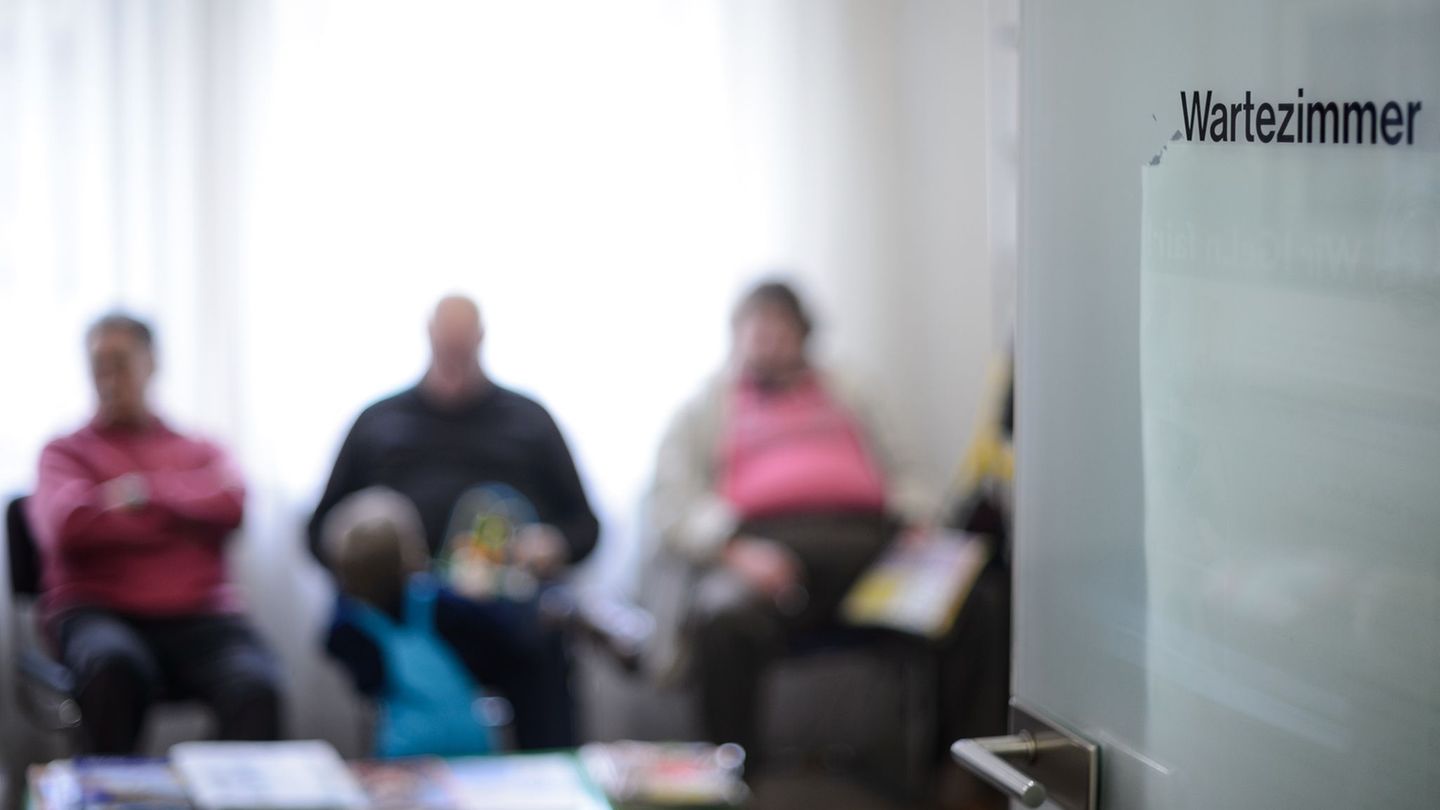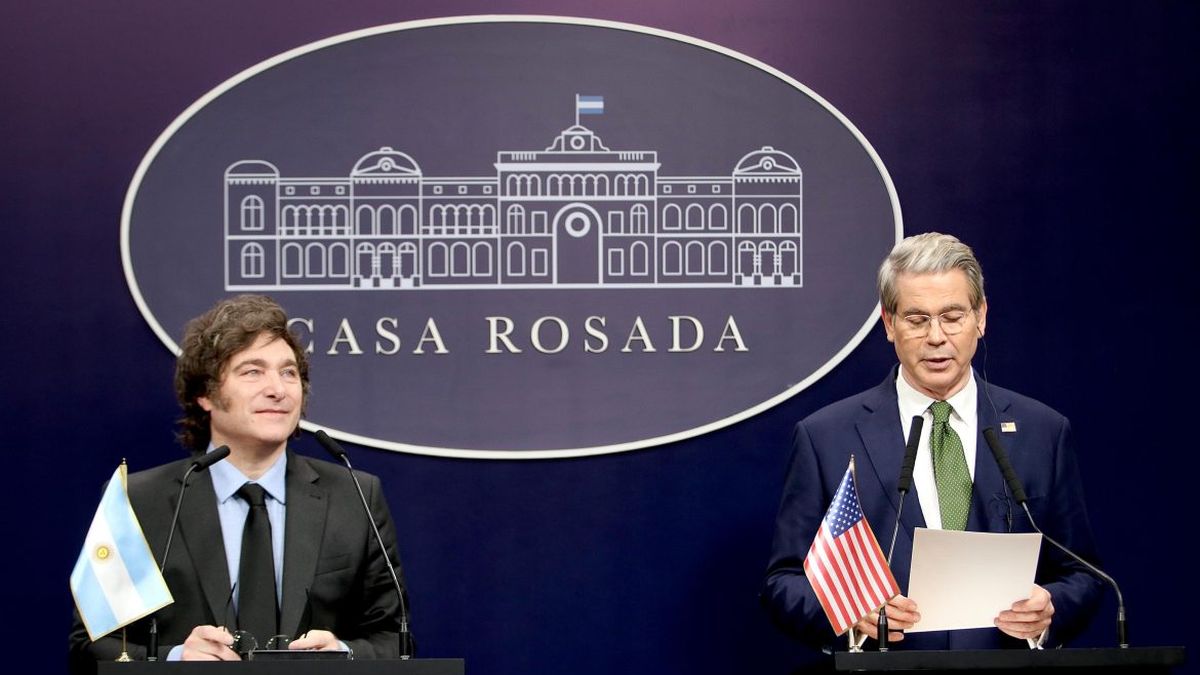The data of March inflation was above what the market expected. After the 7.7% rise in the CPI reported by INDEC on Friday, from different consultants Private companies analyzed the evolution of prices in the first half of April and projected a 6% floor for this month. Some surveys even put the figure back to around 7%.
Although it will remain at high levels, the lower rise compared to March would be linked, analysts maintain, to a lower variation of the regulated item. Although they also noted that food rose again strongly in the first days of April.
For example, as analyzed by the C&T consultancy, the data from its price survey for Greater Buenos Aires for the second week of the month “show a variation of 7.2% in relation to the same week in March, which suggests that inflation for the month would be around 7%”.
For their part, the Fundación Libertad y Progreso pointed out that “in the first two weeks of April, consumer prices registered a rise of 5.3%, showing a slowdown compared to the accumulated rate observed in the first two weeks of March (6.4%). According to our projections for the coming weeks, inflation for April would stand at 6.1%”.
“Regarding the price of food and non-alcoholic beverages, the highest item within the index (23%), an increase of 5.9% was observed in the first half of the month, slowing down 0.3p.p. in relation to the second week of March”, detailed from Libertad y Progreso, and added: “In April, regulated goods and services affect the rise in the general CPI by more than 1 point. This is because increases in electricity, prepaid, private schools, fuel and public transport are registered in the month.
Meanwhile, the CPI for the City of Buenos Aires from FIEL, showed a variation in consumer prices of 3.1% in the first week of April, “which marks an increase of 7.6% in the last four weeks ”. “In the case of Food and non-alcoholic beverages, inflation was 3.9% weekly and 10.2% compared to the first week of March,” the consultant detailed.
From LCG, for their part, they pointed out that their survey of food prices in March “left a drag of 1.7% in food for April and after the first two weeks of this month the increases seem to have regained strength, accumulating a rise of 5.5% in 15 days”.
“About this, in April there will be specific increases in buses (+6.6%), fuels (+3.6%), telephony (+7.8%), education (+3.4%), and electricity ( +34% average), leaving, by themselves, 1.5 pp. of monthly inflation”, they detailed.
In this scenario, from Ecolatina they projected: “Faced with minor punctual and seasonal impacts, for April we expect a slowdown in inflation, although without piercing 6.5%.”
Inflation: what is expected for the coming months
When analyzing what can happen in the coming months in terms of inflation, from Ecolatina they pointed out: “The first quarter left a higher floor for the rest of the year, where we will continue to see high and persistent inflation, fueled by strong inertia, increasing indexation and shortening of contract terms, together with the lack of anchors: there will be new increases in utility rates, a crawling peg that will not be able to slow down and parities that will exert pressure in the election year. To this will be added the impact of import restrictions on the availability of goods and the impact of the ‘agro dollar’ on goods in the food basket”.
“All this in the midst of the uncertainty that the electoral transition will cause, with potential tensions regarding the gap and expectations of devaluation that would exert additional pressure, exacerbated by the pronounced impact of the drought on the availability of foreign currency and in the face of a ‘Prices Justos’ that little will be able to influence this dynamic”, they remarked from the firm, and concluded: “In this context, inflation expectations for 2023 will show an increase, consolidating a floor of 110% for the year”.
For their part, from LCG they analyzed: “Beyond the authorized increases each month, what worries is that there does not seem to be a specific factor that is pushing inflation: rates and the exchange rate still lag behind prices , the activity does not have the dynamism to push prices up, wages are far from winning the race and international supply factors are giving way. Inflation expectations simply seem to be the ones that hold it to 3-digit records, with the risk of having double-digit monthly data sooner rather than later”.
Source: Ambito




